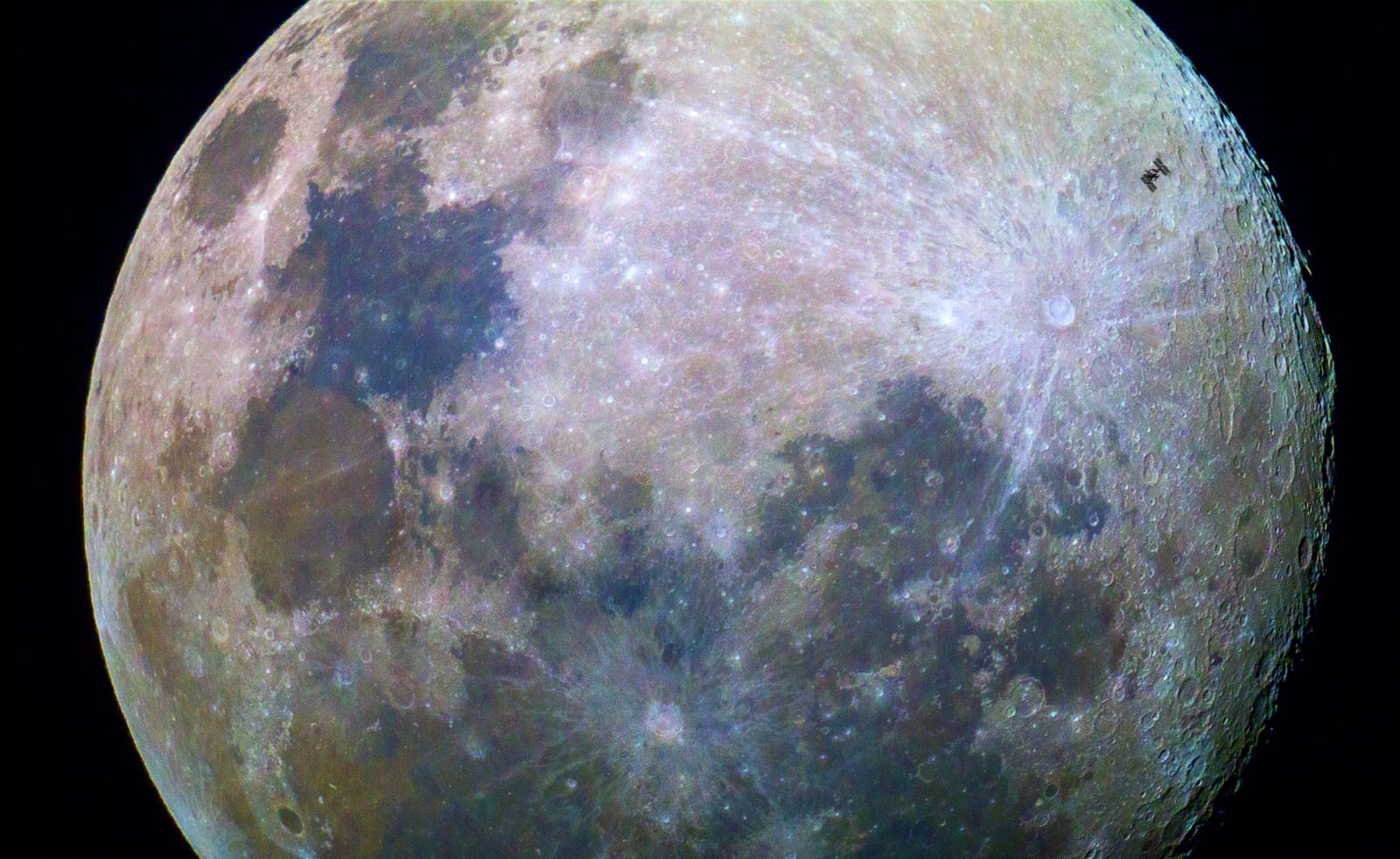China has successfully returned samples from the dark side of the Moon to Earth, a world first.
China’s mission demonstrates that it is out ahead with its technologies, but it’s not alone in reaching for the Moon. Russia is collaborating with China on the International Lunar Research Station. India also successfully landed on the south pole of the Moon in March this year having developed a space program in a fraction of the time and at a fraction of the cost of traditional space powers. Japan’s robotic lander survived more freezing lunar nights than was expected after landing in February this year. The US Artemis Program aims to put the first woman and first person of colour on the Moon, part of a mission to establish a long-term lunar presence.
There is clearly a race to return to the Moon. It’s easy to draw parallels between the 20th century space race, a politically charged competition between the Soviets and the United States, and what is unfolding today. But it is more than footprints this time. Mining for lunar resources is the focus. And there are some important differences geopolitically, which has implications for Australia and other middle and smaller powers.
The Moon ceased to be of interest after the Apollo program ended in the 1970s, and space investment globally shifted to satellite technologies for our needs on Earth. But recently, the Moon has become the object of desire, with an eye to finding the best real estate for extracting resources such as water, some critical minerals, and potentially helium 3, which can be used for fuel.

What makes today’s race different is that the political “spacescape” is much more complex. In the 20th century, only a few countries had the economic and technological wherewithal to access space. Today, there are nearly 80 countries with space programs. Space is also highly commercialised. About two-thirds of all satellites are commercially owned, and militaries purchase space services such as Earth observation data, intelligence about what’s happening in space, communications capabilities, and launches, rather than owning these as sovereign capabilities.
NASA is leaning heavily on commercial partners to develop all the necessary infrastructure and technologies for Artemis, including from other nations. Australian researchers and companies are developing communications infrastructure, remote sensing, and robotics in support of the mission. Contrary to the necessarily exclusive nature of the Apollo program, NASA has stated very clearly that it cannot return to the Moon alone. The race today is therefore commercial as well as political.
The United States is creating a “coalition of the willing” through its Artemis Accords, a political document setting out some basic principles of cooperation and technical interoperability for lunar operations, including an assertion that mining the Moon for resources is lawful under international law, a question that remains up for grabs. As of today, the Accords have 43 signatories, including Australia and a number of small nations that may never be part of the Artemis program, but which seek to align themselves with this side of the competition.
As the race to the Moon develops, the more intertwined relationships are, the better placed Australia will be able to ensure its place economically and for technological benefits.
This new Moon race may lead to military competition and potentially to conflict, given that human history is rife with competition over resources leading to war. Indeed, while the Moon becomes the centrepiece of space competition, China and Russia see the US Space Force as a direct threat, while the United States has recently accused Russia of developing a nuclear weapon in space, and brought a resolution to the UN Security Council with the support of Japan. Unsurprisingly, Russia vetoed this resolution, and its proposed changes were counter-vetoed by France, the United Kingdom and the United States. Space security is now very much on the international peace and security agenda.
This is where middle and smaller powers can play a critical role. European countries partner in Artemis, and Europe has proven to be the leader in space diplomacy, through UN initiatives responding to military threats to space systems. The European Space Agency also leads the new Zero Debris Charter in response to the hazards created by the unmanageable space traffic made up of thousands of satellites and more than a hundred million pieces of debris. Building on such measures will be crucial to ensure new activities on the Moon remain sustainable and peaceful.
Similarly, Japan operates sophisticated space programs and has strengthened its alliance ties with the United States into space. Australia should follow suit, building on existing space cooperation with the United States alongside the space science partnership with Japan.
Indeed, Indo-Pacific space relations should be strengthened as a matter of priority. India, the Philippines and Singapore are all Artemis signatories, with each growing their space sectors as deliberate political and economic tools. South Korea is doing likewise, though it is not part of Artemis. Australia has strong space partnerships with India, Japan and South Korea, and there is an opportunity to do more across the region to increase space technology collaboration.
As the race to the Moon develops, the more intertwined relationships become, and the better placed Australia will be to ensure it reaps the economic and technological benefits. This will also make an important contribution to political stability. There will be no winners if space becomes a theatre of war.

